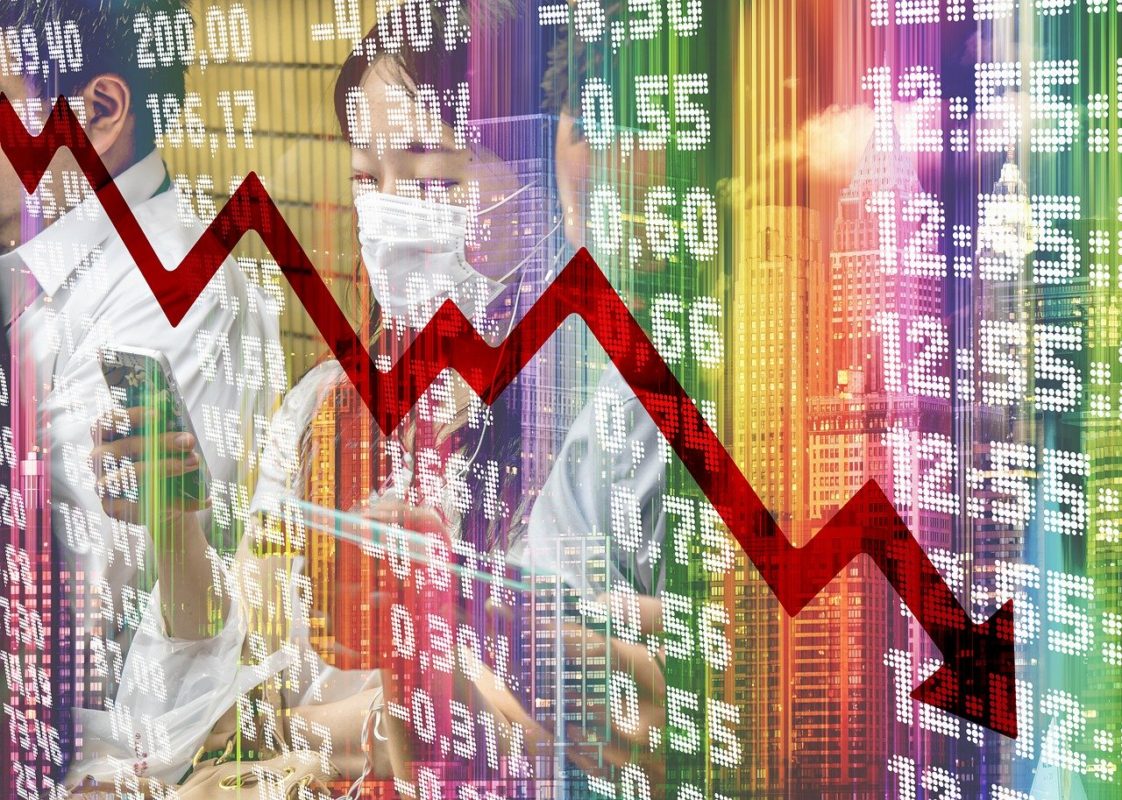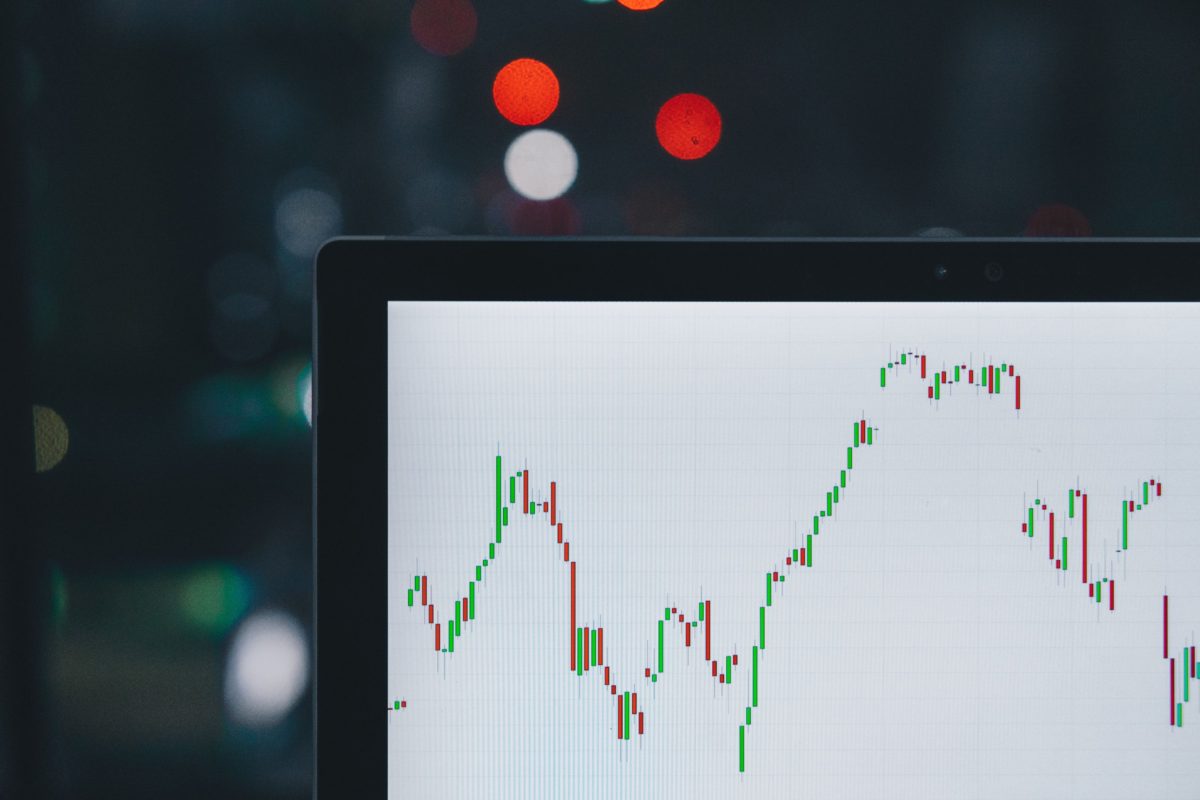In this Suara SEACEN article, we show that global output growth slows down during pandemics, and global growth in the post-pandemic period is slightly lower than the pre-pandemic period. This article argues that public health must remain the top priority; and fiscal stimulus that will cushion the severe impacts of the pandemic must play dominant […]
Maintaining confidence and the smooth functioning of financial markets[i] Since the initial publication of this blog post, this article has been further developed into a full fledged SEACEN Policy Analysis Paper, which has been published on the SEACEN Centre Website on 15 May 2020. The paper can be accessed here. As the world shelters from […]
Capital flows and their volatility present challenges for economic policy makers. They can exacerbate economic cycles. Their outflows can lead to costly “sudden stops”. One particular form of capital flows, namely foreign direct investment (FDI) has been regarded differently compared to other forms of capital flows like debt and portfolio flows. First, unlike foreign portfolio […]
This is the second of a two-part series of our discussion on COVID-19, financial stability and business continuity management (BCM). In Part A we discussed the steps regulatory authorities can take to implement their own BCM programs, and expect from their regulated FIs, during the current pandemic. This blog post is Part B, and is […]
This post is an update of our blog Coronavirus and the Global Economy: Central Banks’ Policy Responses published on 5 March 2020, chronicling central banks and policymakers’ responses to COVID-19. We note that the COVID-19 outbreak has generated both demand and supply shocks reverberating across the global economy. Among major economies outside of China, the […]
In many conference speeches, training presentations and papers since the end of the Great Financial Crisis, we often heard or read that “we don’t know when or from where the next crisis will come, but it will surely come.” It is too early to say that COVID-19 is or will precipitate another large scale global […]
Since the global financial crisis, a number of central banks have been undershooting their inflation targets. Over this period labour markets have tightened steadily in many countries with unemployment rates reaching record lows. At the same time, wage growth has remained weak by historical standards. Some researchers argued that the Phillips curve, the main paradigm […]
Since the outbreak of the novel coronavirus (Covid-19) in China, central bankers and policymakers have kept a very sharp eye on the health of the global economy. In some cases, Covid-19 has been compared to SARS in 2003, which some economists estimate cost the global economy $45 billion. At that time China only represented 8% […]
In the wake of the Great Financial Crisis, the Basel Committee on Banking Supervision (BCBS) argued for counter-cyclical capital buffers and published operational guidelines (BCBS 2010) for regulators. The cornerstone of the BCBS proposal was the use of cyclical movements in the credit-to-GDP ratio gap to trigger increases in the capital required to be held […]
In the aftermath of the global financial crisis of 2008-09, accommodative monetary policy, mainly through unconventional means, provided liquidity support which eased financial conditions in the crisis-hit economies of the U.S. and Europe. But the low interest rate environment has encouraged greater risk-taking among corporates and non-bank financial institutions resulting in a build-up of corporate […]










